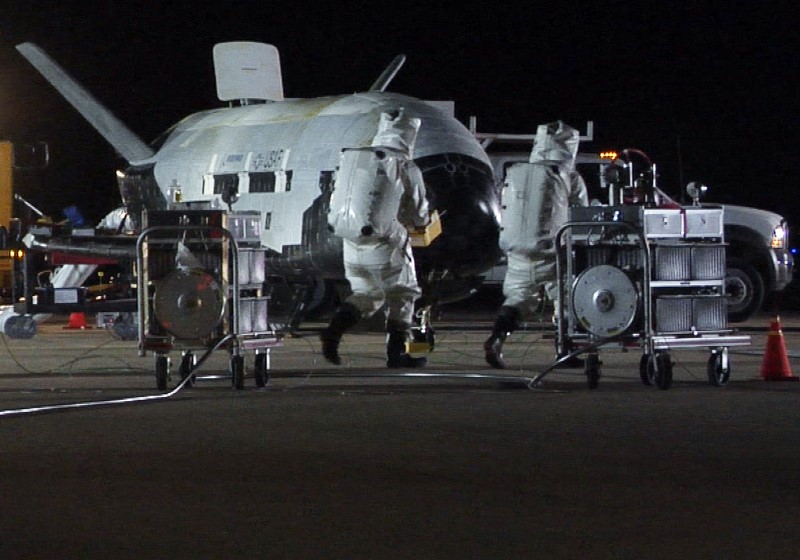
By Dan Williams
JERUSALEM (Reuters) – Israel released details on Tuesday about what it described as an Iranian “air force” deployed in neighboring Syria, including civilian planes suspected of transferring arms, a signal that these could be attacked should tensions with Tehran escalate.
Iran, along with Damascus and its big-power backer Russia, blamed Israel for an April 9 air strike on a Syrian air base, T-4, that killed seven Iranian Revolutionary Guards Corps (IRGC) members. Iranian officials have promised unspecified reprisals.
Israeli media ran satellite images and a map of five Syrian air bases allegedly used to field Iranian drones or cargo aircraft, as well as the names of three senior IRGC officers suspected of commanding related projects, such as missile units.
The information came from the Israeli military, according to a wide range of television and radio stations and news websites. Israel’s military spokesman declined to comment.
However, an Israeli security official seemed to acknowledge the leak was sanctioned, telling Reuters that it provided details about “the IRGC air force (which) the Israeli defense establishment sees as the entity that will try to attack Israel, based on Iranian threats to respond to the strike on T-4.”
The official, who requested anonymity, would not elaborate.
Israel’s Army Radio reported that, given tensions with Iran over Syria, the Israeli air force canceled plans to send F-15 fighter jets to take part in the U.S.-hosted exercise Red Flag, which begins on April 30.
“EXPOSED”
Roni Daniel, military editor for Israeli TV station Mako, said the disclosure was a signal to Iran that its deployments in Syria “are totally exposed to us, and if you take action against us to avenge (the T-4 strike) these targets will be very severely harmed”.
According to Daniel, Israel was bracing for a possible Iranian missile salvo or armed drone assault from Syria.
There was no immediate response from the IRGC or Syria.
The Iranian death toll in T-4 was unusually high. “It was the first time we attacked live Iranian targets – both facilities and people,” the New York Times on Sunday quoted an Israeli military source as saying.
Iran, Israel’s arch-foe, has cast its military personnel in Syria as reinforcements helping President Bashar al-Assad battle a seven-year-old insurgency. The Iranians have also described their cargo flights to Syria as carrying humanitarian aid only.
An Israeli-Iranian showdown over Syria has loomed since Feb. 10, when Israel said an armed drone launched from T-4 penetrated its air space. Israel blew up the drone and carried out a raid on Syrian air defenses in which one of its F-16 jets was downed.
“Israel is headed for escalation,” Yaacov Amidror, former national security adviser to Israeli Prime Minister Benjamin Netanyahu, told Tel Aviv radio station 103 FM. “There could be a very big belligerent incident with Iran and Hezbollah.”
While not claiming responsibility for the T-4 strike, Israel has restated a policy of preventing Iran setting up a Syrian garrison. Scores of previous such raids went unanswered but Israel worries that changing conditions may now embolden Iran.
Russia, which long turned a blind eye to Israeli actions in Syria while serving as a brake on retaliation by Iran or its Lebanese Hezbollah guerrilla allies, is now at loggerheads with Western powers over accusations, denied by Syria’s government, that it has used chemical weaponry in fighting.
(Additional reporting by Bozorgmehr Sharafedin in London; writing by Dan Williams; editing by Mark Heinrich)








